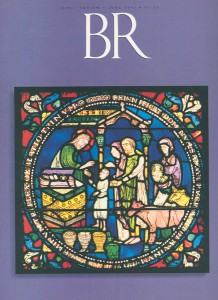
“Canaan” is inconsistently used in the Bible and in other ancient sources as a geographical term. In texts from the second millennium B.C.E., Canaan generally means the territory encompassed roughly by the modern countries of Lebanon and Israel. It is used in this sense in the Amarna Letters, the 14th-century B.C.E. correspondence between the Egyptian pharaoh and various Babylonian, Palestinian and Syrian rulers. The Egyptian province of Canaan was the southern part of the Levant, and included the cities of Byblos, Sidon, Tyre and Gaza, the administrative capital of the province. Canaan is distinguished from northern Syria, called Amurru (from which the biblical term Amorite is derived, though that too is used with several senses in the Bible), and Apum (Damascus). But the Amarna Letters themselves are inconsistent, since Ugarit on the north Syrian coast can apparently also be considered part of Canaan, although texts from Ugarit itself do not regard it as such.
Modern scholars have often used the term Canaanite in its broadest sense. Thus it can designate the inhabitants of the territory extending from Syria to southern Israel along the coast, and as far inland as Damascus, Ammon, Moab and Edom. These regions shared a linguistic bond, as well as a broader cultural one marked by continuities in ceramics, mythology, views of kingship, and legal and literary traditions.
Already a library member? Log in here.
Institution user? Log in with your IP address.

